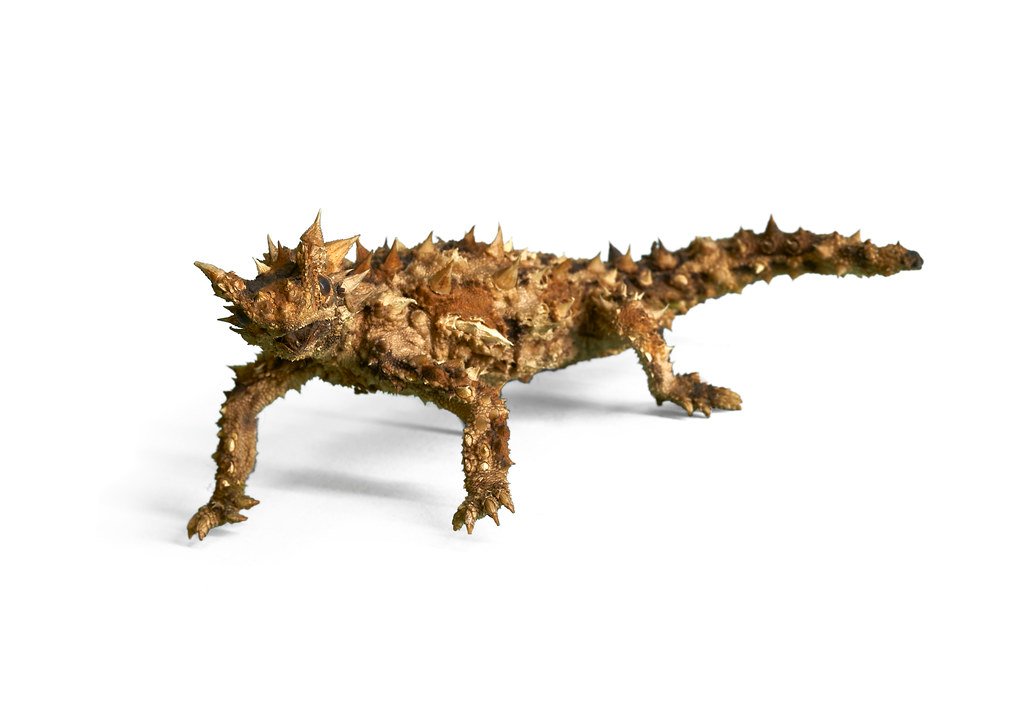Ever since the discovery of the first dinosaur fossils, paleontology has captivated the imaginations of scientists and the general public alike. As we marvel at these ancient remnants, we cannot help but wonder what else lies beneath the earth’s surface, waiting to be unearthed. The field of paleontology is constantly evolving with each fossil discovery, shedding new light on the history of life on Earth. In this article, we delve into the exciting possibilities of what the next big paleontological discovery could reveal, and the incredible advancements in technology that are helping scientists explore these possibilities.
The Role of Technology in Unearthing Fossils
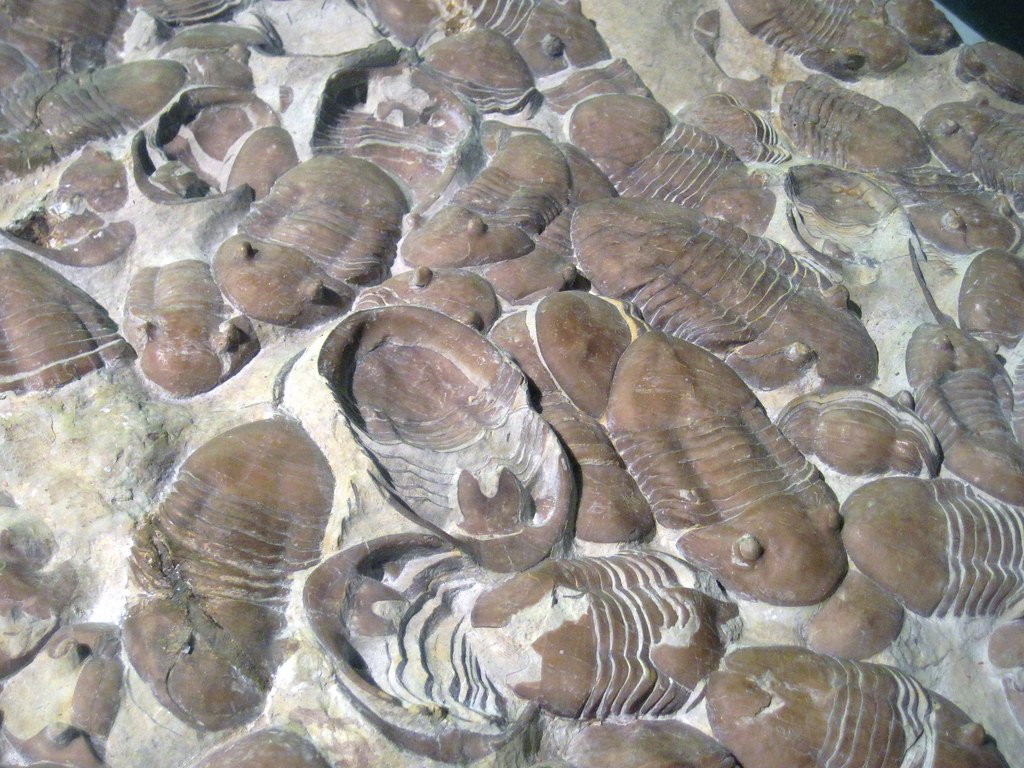
Modern technology has revolutionized the way paleontologists search for and study fossils. Ground-penetrating radar, drones, and high-resolution imaging technologies allow scientists to explore areas previously inaccessible or too difficult to excavate. These tools help paleontologists create detailed maps of subterranean landscapes, indicating where fossils might be located and minimizing the impact on the environment.
Uncharted Territories and Fossil Hotspots

There are vast regions of the Earth that remain largely unexplored and potentially rich in paleontological treasures. The deserts of Africa, the jungles of South America, and the icy reaches of Antarctica hold potential hotbeds of ancient life. Each new discovery in these regions offers a unique glimpse into the past climates and ecosystems that shaped the evolution of life.
Breaking the Time Barrier: Discoveries from the Precambrian

While dinosaurs dominate our imagination, the Precambrian era, which spans nearly 90% of Earth’s history, remains one of the least understood periods. Fossils from this time are rare, but their discovery could significantly alter our understanding of the evolution of early life, especially complex multicellular organisms.
Exploring Extinct Marine Giants
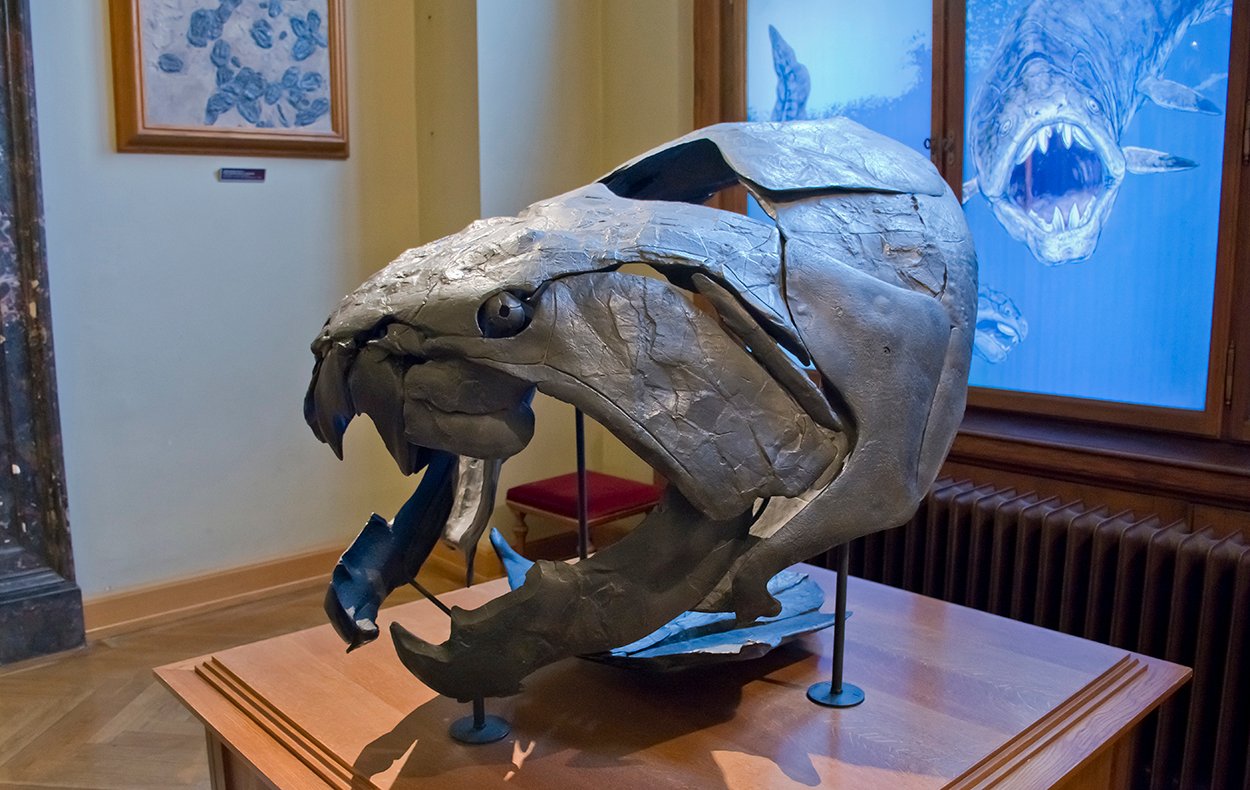
The oceans cover more than 70% of the Earth’s surface, yet they remain one of the least explored habitats for fossil finds. Marine paleontology is only just beginning to uncover the extinct giants that once swam the seas. Future discoveries might unravel new species of ancient marine reptiles and even reveal how some species transitioned from land to sea and back again.
Paleogenomics: The DNA of Dinosaurs
The burgeoning field of paleogenomics, the study of ancient DNA, holds promise for uncovering genetic blueprints of extinct species. Although obtaining DNA from dinosaur fossils is challenging due to degradation, technology is advancing rapidly. Success in extracting and analyzing this genetic material could provide unprecedented insights into the biology, behavior, and evolution of ancient species.
Interdisciplinary Collaboration: Bridging Gaps in Knowledge

Collaboration among geologists, biologists, and climatologists is enhancing our understanding of ancient ecosystems. These multidisciplinary efforts help reconstruct past climates, allowing scientists to make inferences about the adaptive strategies of prehistoric organisms and how they interacted with their environment.
The Potential of Undiscovered Hominin Fossils
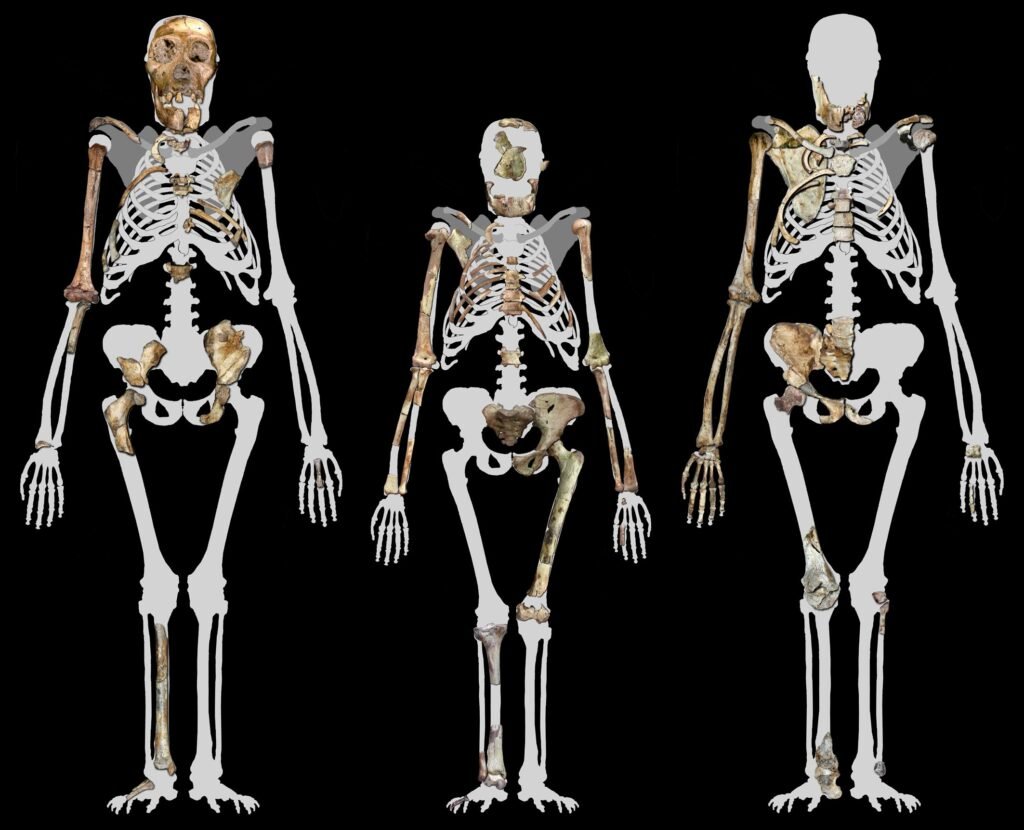
The discovery of hominin fossils like the “Lucy” specimen and the Denisovans have expanded our understanding of human evolution. New finds could provide crucial data on human ancestors, their migration patterns, and how they adapted to diverse climates and environments.
Exploring Ancient Ecosystem Dynamics
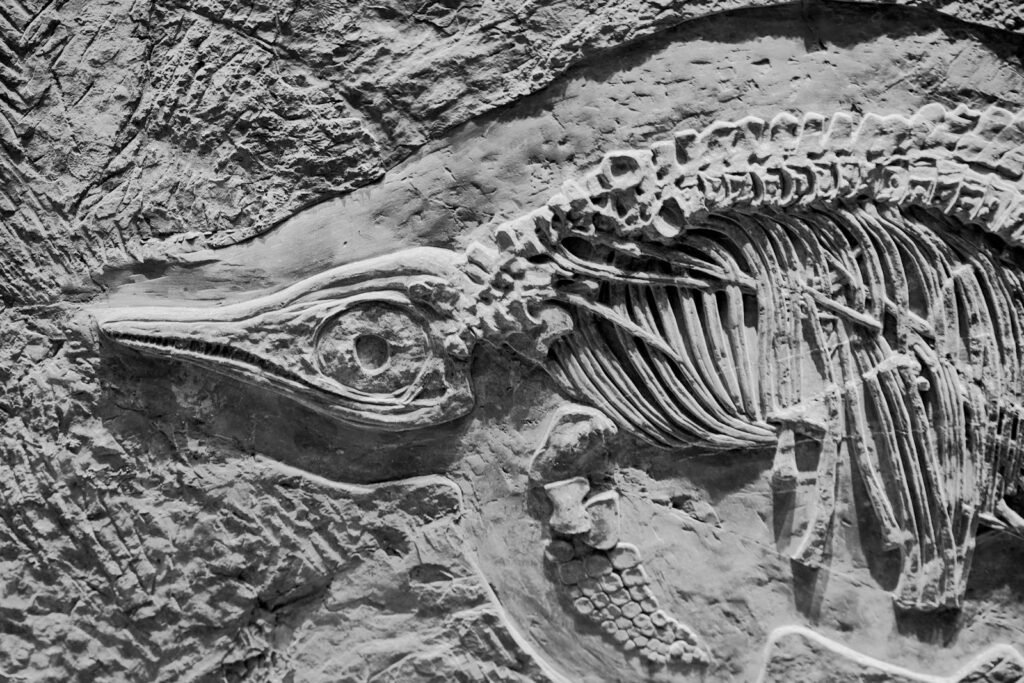
The study of ancient ecosystems can reveal how species interacted with one another and their environments. Discoveries in this area help scientists understand how past climate events impacted biological diversity and inform predictions about current environmental changes.
Public Engagement and Citizen Science

Public interest in paleontology remains high, and citizen science projects are playing a vital role in discoveries. Enthusiasts and amateur fossil hunters often contribute to important finds, demonstrating that paleontology is accessible and that anyone can make significant contributions to the field.
The Role of Museums and Educational Institutions

Museums and educational institutions play a pivotal role in advancing paleontological research. They preserve crucial specimens, offer resources for scientific study, and educate the public. These institutions continue to inspire future generations of scientists who will make the next big discovery.
Conclusion: The Endless Mysteries Beneath Our Feet
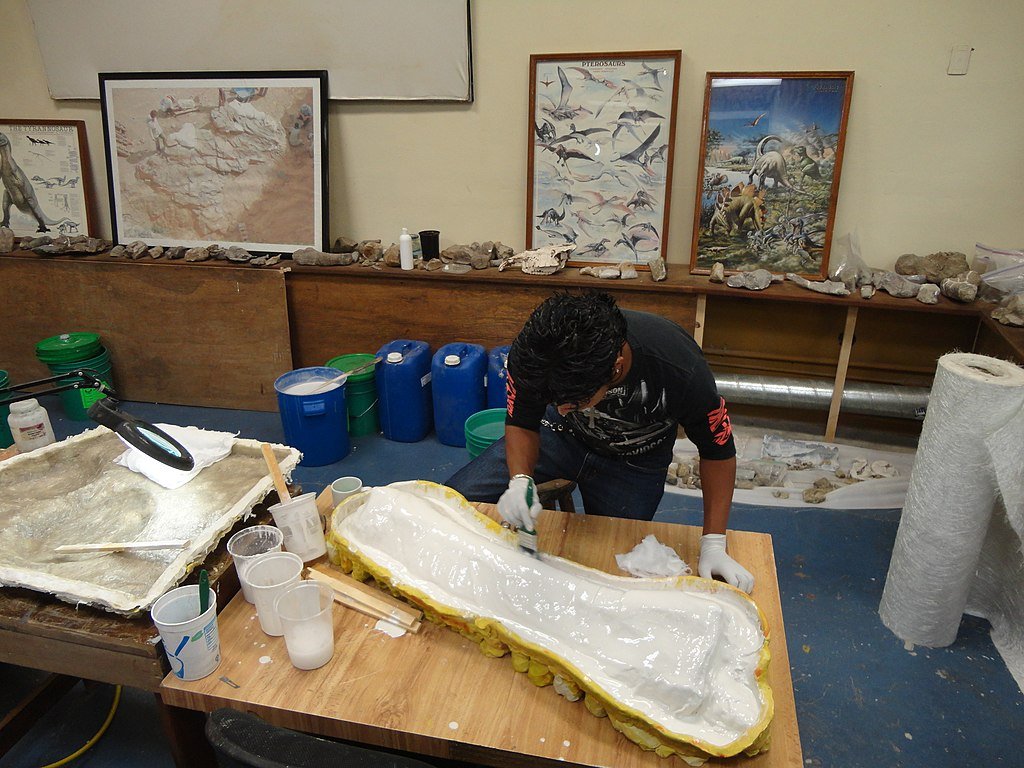
The world of paleontology is rich with mystery and potential. As technology advances and our understanding deepens, the possibilities for what lies beneath are boundless. With interdisciplinary collaboration and public engagement, the next big paleontological discovery is just one excavation away. Each fossil unearthed adds another piece to the grand puzzle of Earth’s history, reminding us of the ever-unfolding story of life on this planet.



